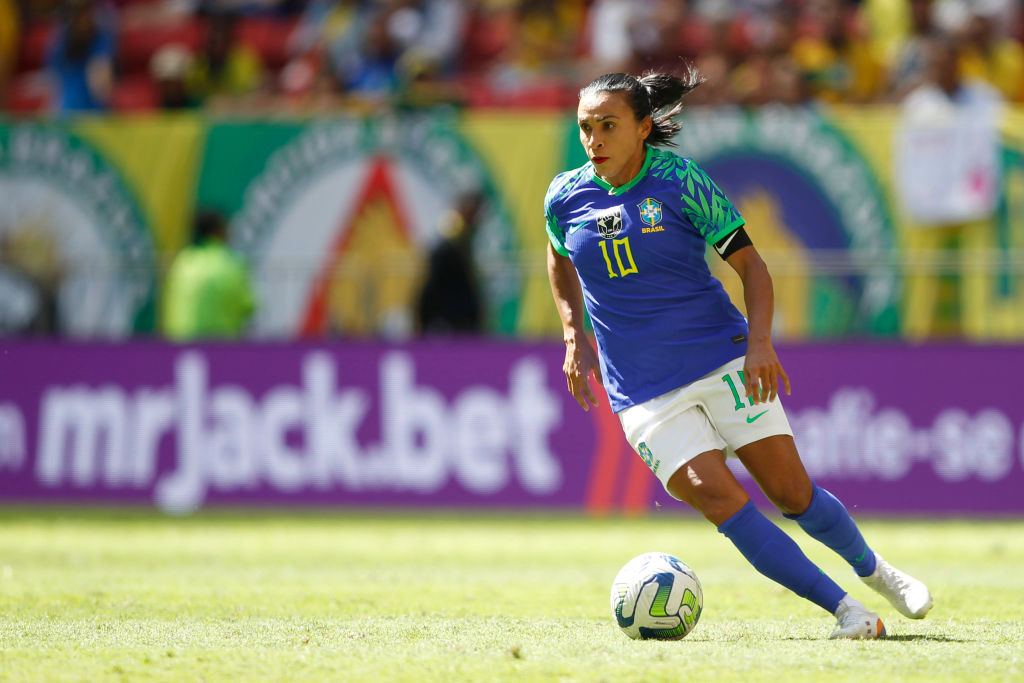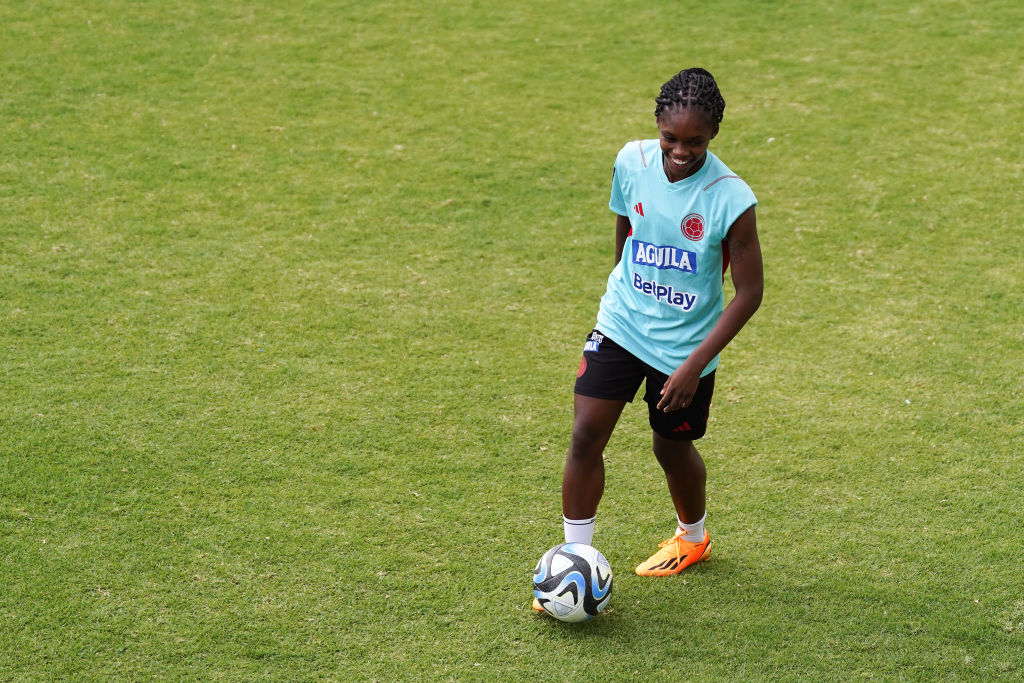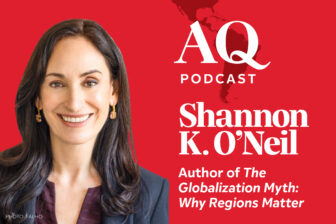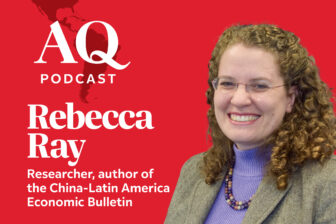SÃO PAULO — Lack of sleep is about to hit soccer fans in the Americas, as national teams prepare to battle for the 2023 Women’s World Cup in New Zealand and Australia. The U.S. team enters the 9th edition of the competition as a favorite, while in Latin America the situation is very different.
Northern Hemisphere countries have held the Cup in all the eight FIFA Women’s tournaments so far. The current champion, the United States, has won the Cup four times, and Germany has won twice. But the land of Pelé, Messi and Suarez, South America, has barely made a show at a final. Brazil—despite having some of the world’s most celebrated female players, such as six-time FIFA Best Player Marta, and record-breaking Formiga—has made it to the final just once, in 2007, finishing in second place.
Why such a disparity in a region with a globally recognized passion for soccer? Journalist and researcher Lu Castro, 51, says women’s sports institutions in the region are embedded in old gender structures. “This situation is even deeper in soccer, and clearly present in our sports’ entities,” she said. Interest in the female teams is certainly growing, but the gap between viewership and funding for men’s and women’s soccer remains large. Latin American women’s teams also don’t get the same public recognition as they do in the Northern Hemisphere. In the U.S., the 2023 squad was announced by President Joe Biden himself, with help from other stars, including Taylor Swift.
Professional recognition came late
The first women’s Libertadores club tournament happened in 2009, five decades after the first competition with male players. And the South American competition attracts a sliver of the audience and the media attention of the European women’s tournaments in UEFA’s Champions league.
In the country that currently holds the men’s world title, Argentina, the female squad never went further than the group rounds in both the World Cup and Olympic games. “It isn’t surprising,” said social scientist Mariana Ibarra, 35, “given the historical invisibility of women soccer, lack of institutional support and meager presence in the media, to mention just a few factors.”
In Brazil—similarly to Germany and England, where national federations banned the sport until 1970—women’s soccer was forbidden by law until 1979. (A decree signed in 1941 by then-President Getúlio Vargas made it illegal for women to play the sport, to preserve their “maternal nature.”) If in Argentina the sport wasn’t forbidden, female players weren’t considered professional athletes until the 1990s.
“Soccer wasn’t seen as a sport for women,” said Ibarra. For Colombia’s female players, being able to play professionally is also a very recent change. “Professionalizing women’s soccer came only after FIFA’s support for the sport,” said historian Gabriela Ardila Biela, 35. To this day, Colombian players have no opportunity to play professionally at home, despite pressure from the sport’s entities. A rule created by the South American Federation, CONMEBOL, and FIFA in 2019 says men’s teams can play in international competitions only if the club invests in professional female teams.

Kicking it, regardless
The three South American countries that qualified for the 2023 Cup, Argentina, Brazil and Colombia, can all claim pioneering clubs that opened the way for women’s soccer, such as Argentina’s UAI Urquiza, a partnership between a private college and a railway workers’ club from Buenos Aires founded in 1950.
The club was indirectly responsible for the professionalization of female soccer in the country. Male athletes had won their recognition as professional athletes after a strike in 1931, but women had to wait another 87 years. After UAI Urquiza player Macarena Sánchez sued the club in 2019, the Argentine soccer players’ union recognized her as a worker, paving the way for female players in the country. Ibarra said that as feminist groups have become stronger in Argentina, support for the sport also started to rise. “Many of the players heading to the 2023 World Cup are protagonists of this transformative moment permeating all areas, including sports and politics,” said Ibarra.
In Brazil, a sponsored tournament created in 2013 gave momentum to the sport. But, 10 years later, conditions aren’t great. A few weeks before Swedish coach Pia Sundhage announced the 2023 Brazilian national squad, a team from Rondônia, Real Aríquemes, refused to play because their wages had not been paid in two months. Meanwhile, Ceará Sporting Club played an entire competition with their amateur squad—with players as young as 14 on the pitch. The club had fired most of their professional female players to save money to help the male team fight a relegation. If this is the reality in the largest, richest country in the group, what can we expect for the region in the global arena?
Meanwhile, viewership of the 2019 Women’s World Cup more than doubled in Brazil, to about 108 million, and organizers are optimistic for 2023, despite the time zone difference. As star player Formiga said in an interview, female soccer is gaining more and more attention from the audience. “We’ve come a long way,” she said. “Now we just need the clubs to embrace the sport.”
—
Pinto is a historian and journalist who covers the intersection of football and politics in Latin America. He is the co-creator of the podcasts Fronteiras Invisiveis do Futebol and O Som das Torcidas.








